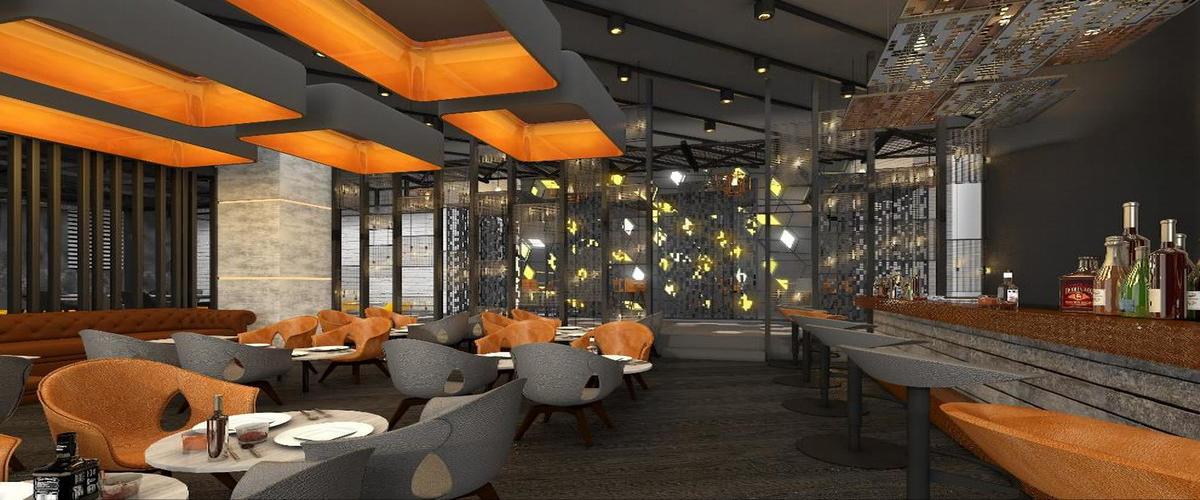
Restaurant Franchise in India
The growth of restaurants and cafes clearly signifies the changing preferences of the consumers in India. Over the years, there has been a constant rise in the growth of franchises. After the acclaimed success of some of the international names, the Indian homegrown brands are now making a strong impact in the market. The popular being Romeo Lane, Studio XO Bar, Qavalli Restaurant, Molecule Air Bar and others have raised the bar of the franchise industry in India.
This growth is not only in terms of popularity , but can be seen in the numbers as well. It is expected that the market will reach $95.75 billion by 2025 and a compound annual growth rate (CAGR) of 10.3%. The growth of the restaurant franchise model is not just limited to tier one cities. In fact, tier 2 and tier 3 cities are witnessing a growth in the number of restaurant franchises. Brands and branches has been working in the franchise development domain over the years.
In their span of work the platform has helped several brands not only attain a pan India growth, but also international expansion This blog is a summation of their work and key findings of how restaurant franchise is changing the course of food and beverage industry in India.
The Booming Restaurant Franchise Market
Restaurant franchise growth in India has been nothing short of spectacular. The organised food and beverage franchise sector is rapidly growing Its market value stands at ?4.2 lakh crore and growing at 11% annually.
By the end of 2025, the market value of chain restaurants alone is expected to reach ?960 billion, more than doubling from ?400 billion in 2020. This surge is powered by rising disposable incomes, urbanization, and a growing appetite for branded, reliable dining experiences.
Expanding Beyond Metros: Tier 2 & 3 Cities Lead Growth
One of the most significant shifts in the food and beverage franchise landscape is the rapid expansion into Tier 2 and Tier 3 cities. Nearly 50% of franchise expansions from 2021 to 2024 occurred in these smaller cities, driven by rising incomes and untapped markets.
In 2024, 40% of new restaurant franchise openings were in towns like Lucknow, Indore, and Coimbatore, signaling a democratization of branded food experiences beyond the metros.
Restaurant Franchise as a Driver of Sales and Entrepreneurship
The restaurant franchise for sales model is empowering thousands of entrepreneurs, offering a structured and lower-risk entry into the food and beverage industry. Backed by established brands, franchisees benefit from proven business models, training, and marketing support, which has led to a surge in new outlets across the country.
Government initiatives like Startup India and Skill India have further fueled this trend by providing subsidies and easier licensing for aspiring business owners.
Technology and Digital Transformation
Food and beverage franchises are at the forefront of technological adoption. Integration of AI, cloud-based solutions, and online delivery platforms has streamlined operations and expanded sales channels.
The rise of cloud kitchens and virtual brands has enabled restaurant franchises to reach new customer segments, particularly among tech-savvy urban consumers.
Changing Consumer Preferences and Menu Innovation
Indian consumers are increasingly seeking diverse culinary experiences, from international fast food to regional specialties. Successful restaurant franchises adapt their menus to cater to local tastes, blending global best practices with Indian flavors. Quick Service Restaurants (QSRs) now hold 55% of the organized foodservice market, reflecting the demand for convenience and consistency.
Economic Impact: Employment and Tax Revenue
The food and beverage franchise sector is a major contributor to India’s economy. In 2025, the industry is projected to employ 15.3 million people, up from 9 million today.
The sector also generates substantial tax revenue, with the organized restaurant segment contributing ?18,000 crore in taxes annually. As more businesses shift from unorganized to organized models, these figures are expected to rise further.
Overcoming Challenges and Ensuring Sustainability
While the growth story is impressive, restaurant franchises face challenges such as intense competition in metros, rising operational costs, and the need for skilled labor. The pandemic highlighted vulnerabilities, with 25% of restaurants closing permanently in 2020 and 2.4 million employees losing jobs.
However, the sector has rebounded strongly, with a renewed focus on sustainability, local sourcing, and eco-friendly practices.
The Future of Food and Beverage Franchising in India
Looking ahead, the food and beverage franchise industry is set for continued expansion. The market is expected to surpass ?15,000 crore by 2025, with F&B franchises growing at an estimated 25% year-on-year. Online food service sales are projected to double by 2025, reaching $13 billion. The popularity of low-cost and home-based franchises is also rising, making entrepreneurship more accessible than ever.
Conclusion
Restaurant franchises are essentially changing the Indian food and beverage industry. Through offering consistent quality, technology leverage, and new market expansion, restaurant franchises are driving sales, job creation, and shaping the destiny of dining in India. With the market further growing and diversifying, food and beverage franchises will continue to be at the center of India's culinary journey, providing prospects for entrepreneurs and pleasing consumers across the country.





